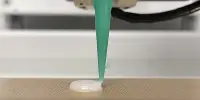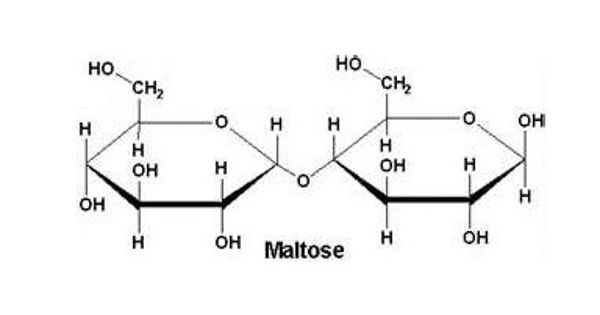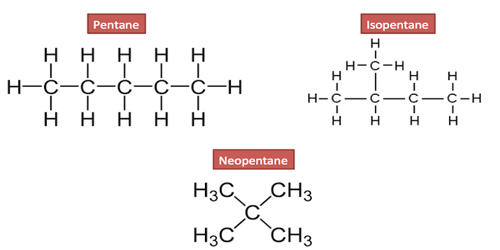Space solar power is a concept that involves collecting solar energy in space and then transmitting it to the Earth for use as a power source. The basic idea is to place a large solar array in orbit around the Earth, where it can collect solar energy continuously and without interference from the atmosphere or weather. This energy can then be converted into a form that can be transmitted to the Earth, such as microwaves or lasers, and used to generate electricity.
There have been several demonstrations of space solar power technology over the years, but it is still in the early stages of development and has not yet been deployed on a large scale. Some of the challenges that must be overcome in order to make space solar power a practical and viable energy source include the high cost of launching and maintaining the solar array in orbit, the technical difficulties of transmitting the energy back to the Earth, and the environmental impacts of the technology.
The launch is the first in-flight demonstration of the technology for harvesting solar energy in space and transmitting it to Earth. The Caltech Space Solar Power Project (SSPP) plans to launch into orbit in January 2023 a prototype called the Space Solar Power Demonstrator (SSPD), which will test several key components of an ambitious plan to harvest solar power in space and beam the energy back to Earth.
Space solar power allows us to tap into the virtually limitless supply of solar energy in outer space, where it is always available without being affected by the cycles of day and night, seasons, or cloud cover.
The launch, which is currently scheduled for January 3, marks a significant milestone in the project and promises to turn what was once science fiction into reality. When fully realized, SSPP will deploy a constellation of modular spacecraft that collect sunlight, convert it into electricity, and then wirelessly transmit that electricity over long distances to wherever it is needed, including places where there is currently no reliable power.
No matter what happens, this prototype is a major step forward. It works here on Earth and has passed the rigorous steps required of anything launched into space. There are still many risks, but having gone through the whole process has taught us valuable lessons.
Ali Hajimiri
A Momentus Vigoride spacecraft carried aboard a SpaceX rocket on the Transporter-6 mission will carry the 50-kilogram SSPD to space. It consists of three main experiments, each tasked with testing a different key technology of the project:
DOLCE (Deployable on-Orbit ultraLight Composite Experiment): A structure measuring 6 feet by 6 feet that demonstrates the architecture, packaging scheme, and deployment mechanisms of the modular spacecraft that would eventually make up a kilometer-scale constellation forming a power station;
ALBA: A collection of 32 different types of photovoltaic (PV) cells, to enable an assessment of the types of cells that are the most effective in the punishing environment of space;
MAPLE (Microwave Array for Power-transfer Low-orbit Experiment): An array of flexible lightweight microwave power transmitters with precise timing control focusing the power selectively on two different receivers to demonstrate wireless power transmission at distance in space.
An additional fourth component of SSPD is a box of electronics that interfaces with the Vigoride computer and controls the three experiments.
SSPP was founded in 2011 after philanthropist Donald Bren, chairman of Irvine Company and a lifetime member of the Caltech Board of Trustees, read an article in Popular Science about the potential for space-based solar energy manufacturing. Bren approached Caltech’s then-president Jean-Lou Chameau to discuss the creation of a space-based solar power research project after becoming intrigued by the potential of space solar power. Bren and his wife, Brigitte Bren, a Caltech trustee, agreed to make the donation in 2013. The Donald Bren Foundation made the first of several donations (totaling more than $100 million) that year, and the research began.

“For many years, I’ve fantasized about how space-based solar power could solve some of humanity’s most pressing problems,” says Bren. “Today, I’m thrilled to be assisting Caltech’s brilliant scientists in their race to realize that dream.”
The rocket will take about ten minutes to reach its target altitude. The Momentus spacecraft will then be launched into orbit by the rocket. Within a few weeks of the launch, the Caltech team on Earth intends to begin running experiments on the SSPD.
Some elements of the test will be conducted quickly. “We plan to command the deployment of DOLCE within days of getting access to SSPD from Momentus. We should know right away if DOLCE works,” says Sergio Pellegrino, Caltech’s Joyce and Kent Kresa Professor of Aerospace and Professor of Civil Engineering and co-director of SSPP. Pellegrino is also a senior research scientist at JPL, which Caltech manages for NASA.
Other aspects will take more time. The photovoltaic collection will require up to six months of testing to provide new insights into which types of photovoltaic technology will be best for this application. MAPLE entails a series of experiments, beginning with an initial function verification and ending with an evaluation of the system’s performance in various environments over time. Meanwhile, two cameras mounted on DOLCE’s deployable booms and additional cameras on the electronics box will monitor the experiment’s progress and send feedback to Earth. The SSPP team hopes to have a complete evaluation of the SSPD’s performance within a few months of its launch.
Numerous challenges remain: nothing about conducting an experiment in space – from the launch to the deployment of the spacecraft to the operation of the SSPD – is guaranteed. But regardless of what happens, the sheer ability to create a space-worthy prototype represents a significant achievement by the SSPP team.
“No matter what happens, this prototype is a major step forward,” says Ali Hajimiri, Caltech’s Bren Professor of Electrical Engineering and Medical Engineering and co-director of SSPP. “It works here on Earth, and has passed the rigorous steps required of anything launched into space. There are still many risks, but having gone through the whole process has taught us valuable lessons. We believe the space experiments will provide us with plenty of additional useful information that will guide the project as we continue to move forward.”
Despite the fact that solar cells have been around since the late 1800s and currently generate about 4% of the world’s electricity (in addition to powering the International Space Station), everything about solar power generation and transmission had to be rethought for use on a large scale in space. Solar panels are large and heavy, which makes them costly to launch, and they require extensive wiring to transmit power. To overcome these obstacles, the SSPP team had to envision and develop new technologies, architectures, materials, and structures for a system capable of implementing space solar power while remaining light enough to be cost-effective for bulk deployment in space and strong enough to withstand the punishing space environment.
“DOLCE demonstrates a new architecture for solar-powered spacecraft and phased antenna arrays. It exploits the latest generation of ultrathin composite materials to achieve unprecedented packaging efficiency and flexibility. With the further advances that we have already started to work on, we anticipate applications to a variety of future space missions,” Pellegrino says.
“The entire MAPLE array, including its core wireless power transfer electronic chips and transmitting elements, was designed from the ground up. This was not made with readily available materials because they did not exist. This fundamental rethinking of the system from the ground up is required to realize scalable SSPP solutions “Hajimiri explains.
A team of about 35 people imagined, designed, built, and tested the entire set of three prototypes within the SSPD. “This was done with a smaller team and far fewer resources than would be available in an industrial, rather than academic, setting. Our highly talented team of individuals has enabled us to accomplish this “Hajimiri says.
Those individuals, however, a group of graduate students, postdocs, and research scientists are now at the forefront of the burgeoning field of space solar power. “We’re training the next generation of space engineers,” says SSPP researcher Harry A. Atwater, the Otis Booth Leadership Chair of Engineering and Applied Science at Caltech and the Howard Hughes Professor of Applied Physics and Materials Science, as well as the director of the Liquid Sunlight Alliance, a research institute dedicated to using sunlight to create liquid products that could be used for industrial chemicals, fuels, and building materials or products.
The success or failure of the three testbeds will be measured in a variety of ways. The most critical DOLCE test is that the structure fully deploys from its folded-up to open configuration. A successful test will give ALBA information on which photovoltaic cells are the most efficient and resilient. MAPLE’s goal is to demonstrate on-demand, selective free-space power transmission to various specific targets.
















